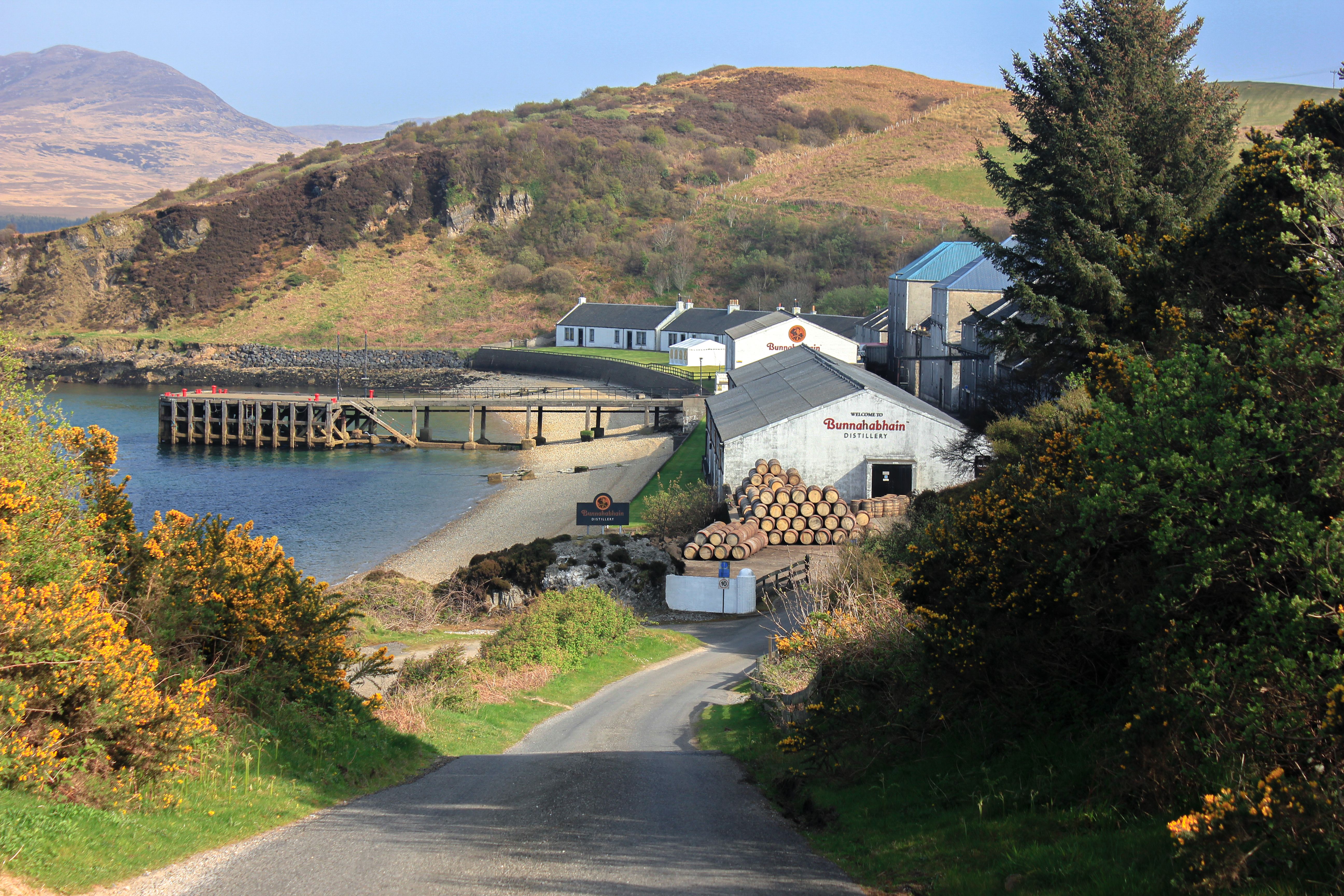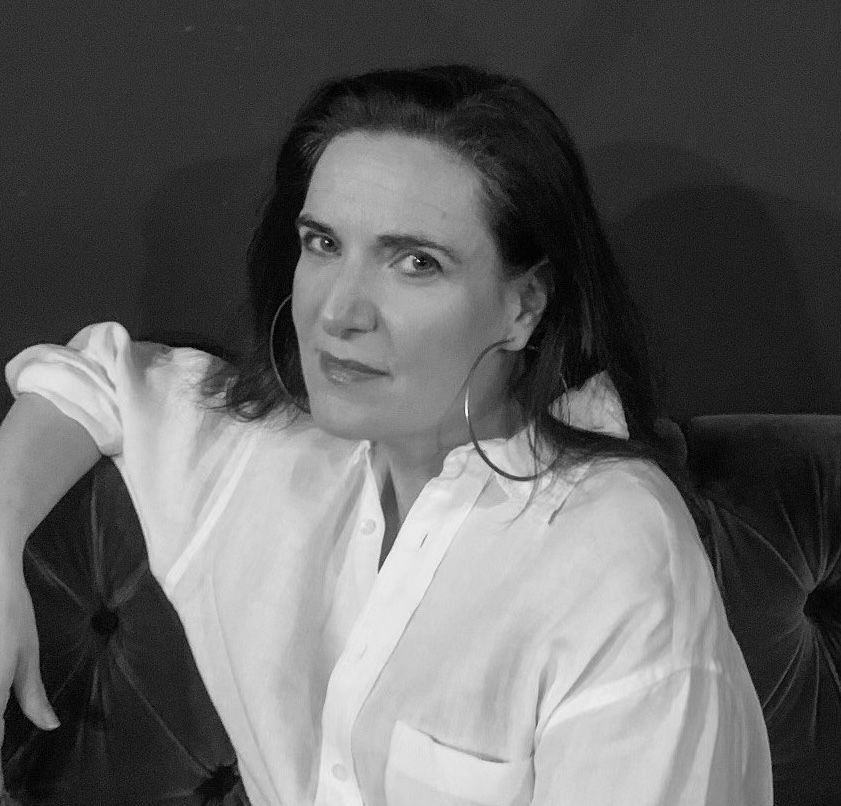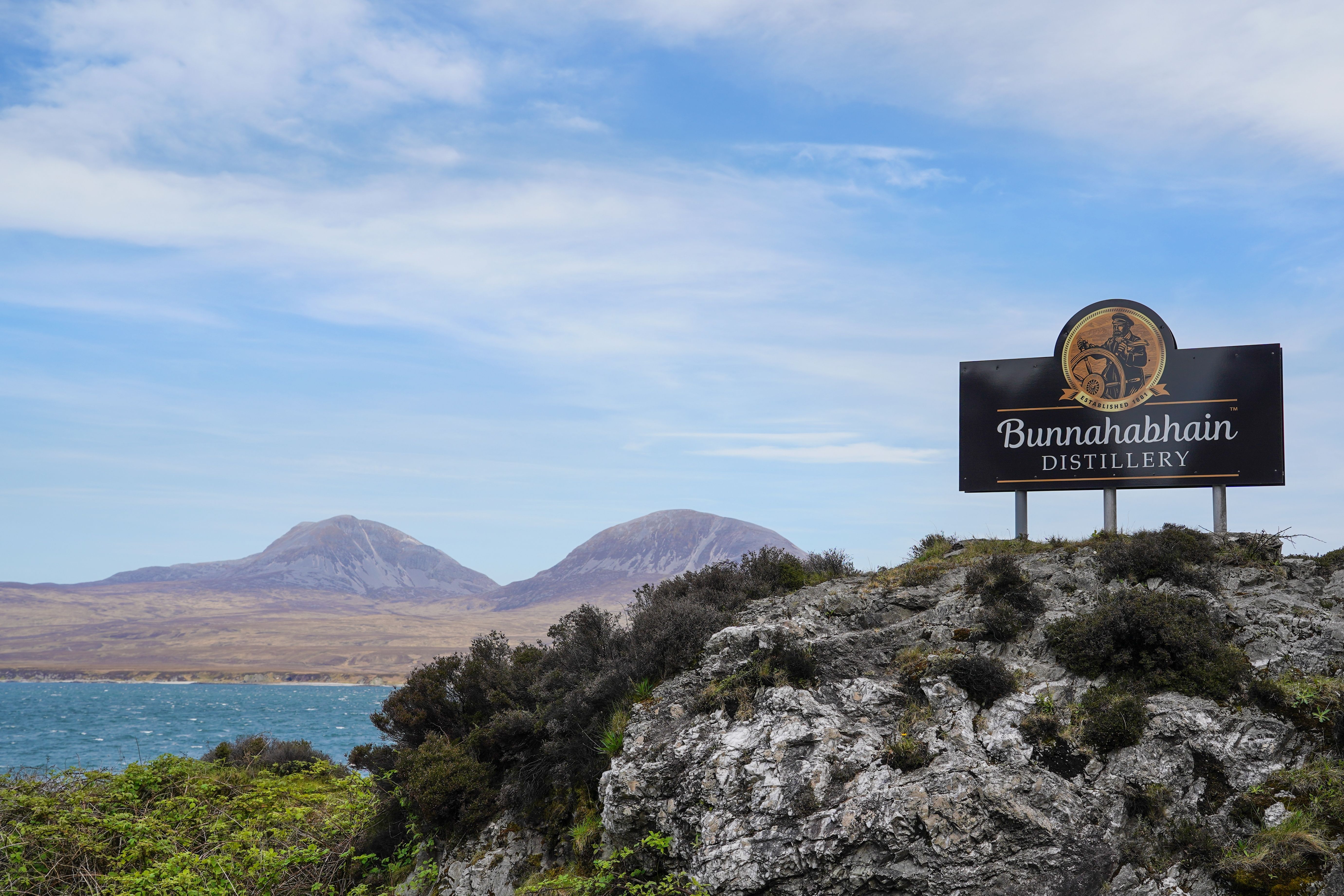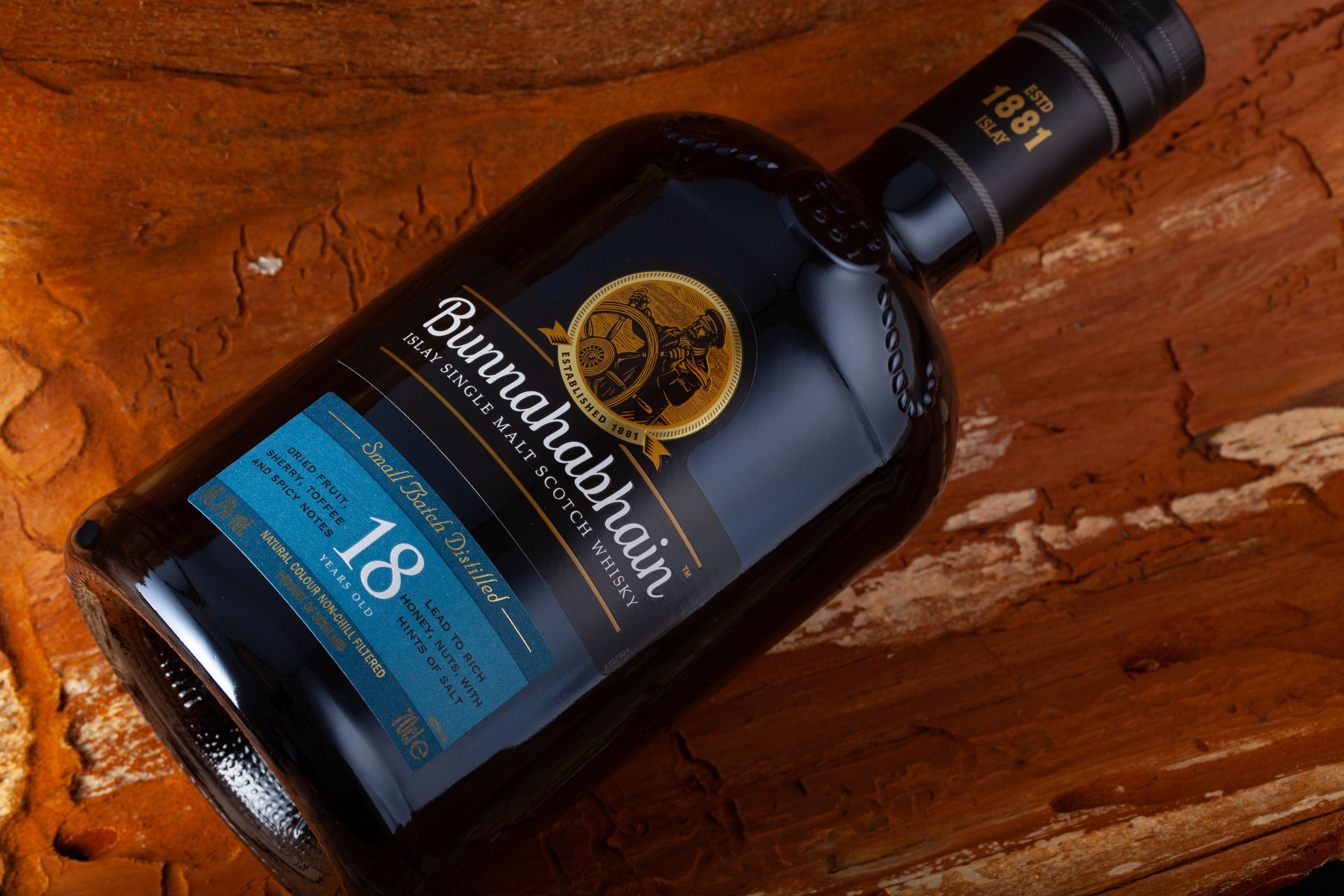
Bunnahabhain Distillery: The Rebel of Islay

Victoria O'Brien
Head of Content at London Cask Traders
Islay is a Scottish island synonymous with peated whisky, but on its rugged, wind-bitten north eastern shore lies a distillery that quietly defies that expectation: Bunnahabhain (pronounced BOO-na-HAV-in).
There are nine distilleries on Islay, including Laphroaig and Ardbeg, all famous for producing the most intensely smoky, peated whisky in the world, but Bunnahabhain dares to do things differently. Its core range of whisky is deliberately unpeated, made with water piped underground directly to the distillery from the fast-running Margadale stream, specifically to avoid the influence of peat. That alone would make it unique on Islay, but it's clear this is a rebel distillery with a very specific cause.

A Remote Outpost Born to Blend (not Blend In)
Founded in 1881 by William Robertson in partnership with the Greenlee Brothers, Bunnahabhain's initial aim was to provide spirit for blending. As part of Highland Distilleries, during this Victorian era Bunnahabhain produced whisky for several high-profile blends - including The Famous Grouse.
For decades, the only way to reach the distillery was by sea. A road wasn’t built until 1960, and even then, deliveries by boat continued until 1993. This remoteness is more than just a curiosity - it sets Bunnahabhain apart from its neighbours in other ways too. The Bunnahabhain warehouses, sitting just a stone’s throw from the sea, allow the casks to breathe in the brisk, salty air that subtly seasons the whisky during maturation.
Bunnahabhain quite literally sticks out from its neighbours - its tall copper pot stills are the highest on Islay, producing a lighter, purer spirit. The long 'swan necks' of these stills prevent heavier vapours from reaching the top summit of the condenser, resulting in a whisky that’s more elegant, floral, and perfect for sherry cask maturation.
Most of Bunnahabhain Distillery’s whiskies are aged in ex-Oloroso and PX (Pedro Ximénez) sherry casks, infusing the original delicate spirit with rich layers of honey, fig, spice and dried fruit. Whether peated or unpeated, aged in bourbon, sherry, or finished in Rioja casks as part of the recent Coterie Collection, Bunnahabhain remains intriguing and sought after - a distillery that deliberately sets itself apart.

Aged to Perfection: The Core Bunnahabhain Range
Bunnahabhain’s unpeated aged expressions are not just revered for their delicate flavour but also their reputation in the premium whisky market, with prices to match.
- Bunnahabhain 18 Year Old – £153 (The Whisky Shop)
- Bunnahabhain 25 Year Old – £419 (House of Malt)
- Bunnahabhain 30 Year Old – £583 (Buy Whisky Online)
- Bunnahabhain 40 Year Old – £2,250 (Loch Fyne Whiskies)
Approx. prices at time of writing
Each whisky has a subtly different flavour profile, but essentially, this rise in value is directly correlated to their age. It's a fine whisky, expertly made, but Bunnahabhain has also done a brilliant job positioning their spirit as a premium brand.
The Spirit of Rebellion: Peated Expressions and Limited Editions
Of course, being a rebel means occasionally breaking your own rules, and Bunnahabhain isn’t entirely averse to peat. Its peated expressions, released under the Moine label (Scots Gaelic for peat), offer a smokier take on the pure Bunnahabhain style. One popular bottling is Toiteach a Dhà ('Smoky Two'), which balances gentle peat smoke with the familiar sherried sweetness.
There’s also Staoisha, a younger, more robust peated variant named after a nearby loch. These releases allow Bunnahabhain to dip into Islay’s smokier traditions, while still retaining its signature delicate complexity.
The Pilgrimage North, to Warehouse 9
A visit to Bunnahabhain is a rite of passage for whisky lovers. Recent years have seen Bunnahabhain's fortunes rise once again, with a £10.5 million investment in 2019 resulting in a new visitor centre that has become a world-class destination. Each year, more than 10,000 visitors make their way up the four-mile single-track road to Bunnahabhain.
One of the most talked-about features of the distillery is Warehouse 9 - a converted maltings that now serves as a dunnage warehouse. Here, casks mature in cool, stone-walled serenity just metres from the sea. Visitors on guided tastings can draw whisky straight from the barrel. It's the stuff of legend - dimly lit cask tastings next to whisky as it slumbers by the sea and breathes the same air you do.
But it’s not just the whisky that draws fans. Distillery manager Andrew Brown is a local Islay man and has become something of a cult figure among Bunnahabhain enthusiasts. Locals and fans alike celebrate his leadership, knowledge, and even his culinary experiments - like brown bread whisky ice cream.
Under Brown's guidance, Bunnahabhain has become a darling of collectors. Limited releases - including the 18, 25, 30, and 40-year-olds - regularly spark demand among enthusiasts. Each expression offers something unique: a snapshot of time, place, innovation, and careful craftsmanship.

Deliberately Different - and Proud of it
While other Islay distilleries are often praised for consistency, Bunnahabhain thrives on contrast. It offers a counterpoint: a whisky that favours subtlety over smoke, combining briny sea air with a sweet sherry cask finish, but can also be adapted and constantly reinvented. It may be off the beaten path - literally and figuratively - but for many, that’s precisely the appeal.

Victoria O'Brien
Head of Content at London Cask Traders
